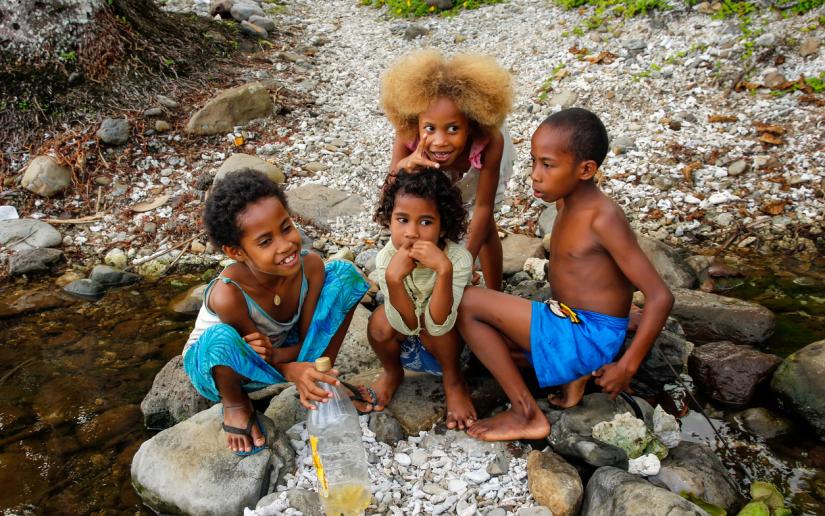Towards health for all
UTS will work with the World Health Organisation to drive engagement across the Pacific Region to improve health outcomes.

UTS will engage with leaders to develop and strengthen health workforce capacity, regulation and education to achieve better health outcomes in the Western Pacific region. Photo by Donyanedomam via iStock.
Health representatives from across the Western Pacific region have celebrated the official launch of UTS's elected role to the Global Network for World Health Organisation Collaborating Centres in Nursing and Midwifery (GNWHOCCNM): 2022-2026.
The University of Technology Sydney (UTS) was recently named the Secretariat for the GNWHOCCNM and will now serve a four-year term to drive engagement and collaboration across the Western Pacific and Global Network to improve health of individuals and diverse communities locally and globally through leadership and excellence in nursing education, research, practice, and service.
Director of the UTS WHO Nursing and Midwifery and Health Development Collaborating Centre, Dr Michele Rumsey, says the appointment reinforces UTS’s long history connecting leaders across public health, nursing, and midwifery to achieve the World Health Organization’s vision of Health for All.
“COVID-19 and new and emerging epidemics such as monkeypox, as well as the ongoing impacts of climate change on our Pacific Island Countries, continues to highlight the immense importance of our nurses and midwives, as well as the urgent need for increased investment in primary healthcare, climate health impacts and pandemic preparedness across our region,” Dr Rumsey said.
Through knowledge sharing and capacity building across the network we are honoured to contribute to key health and development priorities and work towards achieving WHO’s vision of health for all.
Dr Michele Rumsey
UTS WHO Nursing and Midwifery and Health Development Collaborating Centre
“Through our advocacy and evidence-based policy activities, our goal is to develop and strengthen health workforce capacity, regulation and education to achieve better health outcomes in the Western Pacific region.
“As Secretariat for the Global Network that has been running since 1988, our mission is to enhance the partnerships and activities of the 44 WHO Nursing and Midwifery Collaborating Centres across six WHO regions through proactive and ongoing communication, engagement and collaboration.”
Dr Rumsey said there were a number of projects currently underway at the WHO CC UTS that are being conducted in partnership with nurses and midwives across the Pacific region, including Pacific leadership programs and health workforce quality improvement programs, as well as a significant health strengthening education program with Papua New Guinea’s National Department of Health, funded by the Australian Government.
“We are conducting a revision of curriculums and upskilling of educators for the 35 nursing and Community Health Worker institutes in Papua New Guinea,” Dr Rumsey said.
“This project is focusing on strengthening the quality of nursing and community health worker education because, despite the increase in the number of graduates coming out from the nursing and Community Health Worker schools since 2012, there has been limited support for educators or the opportunity to revise the curriculum.
“This is a critical workforce as they are on the frontline of all areas of health care in the country – in remote, rural and urban centres – and they make up 72 percent of the national regulated workforce.”
The new curriculums are being developed with an evidence-based approach linked to the National Health Plan 2021-2030 to address the health needs of the country and will go through an extensive accreditation process for delivery in 2024.
Across the global network, the Nursing and Midwifery Collaborating Centres are delivering a number of different research projects to address global health trends and further the WHO health agenda.
“Through knowledge sharing and capacity building across the network we are honoured to contribute to key health and development priorities and work towards achieving WHO’s vision of health for all.”
